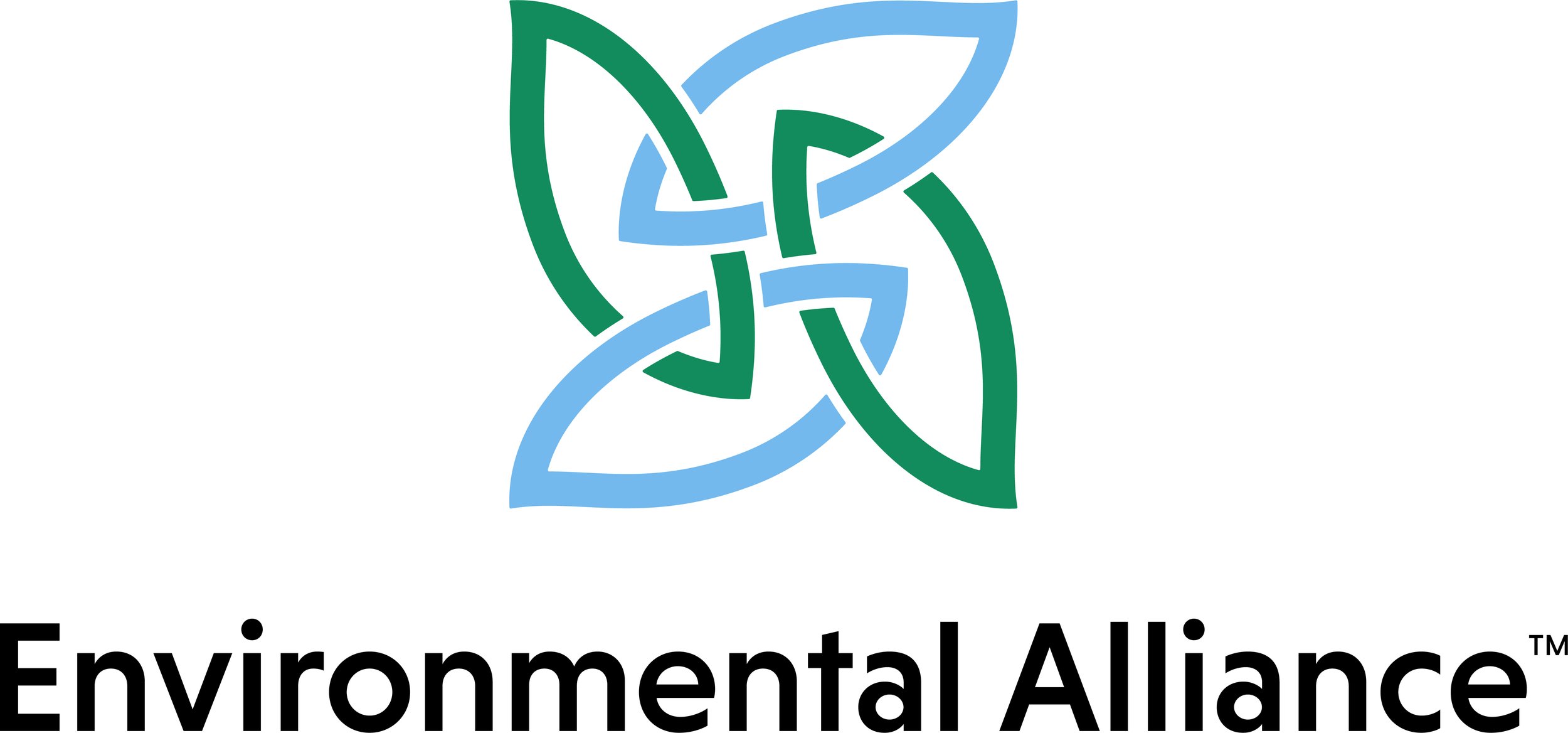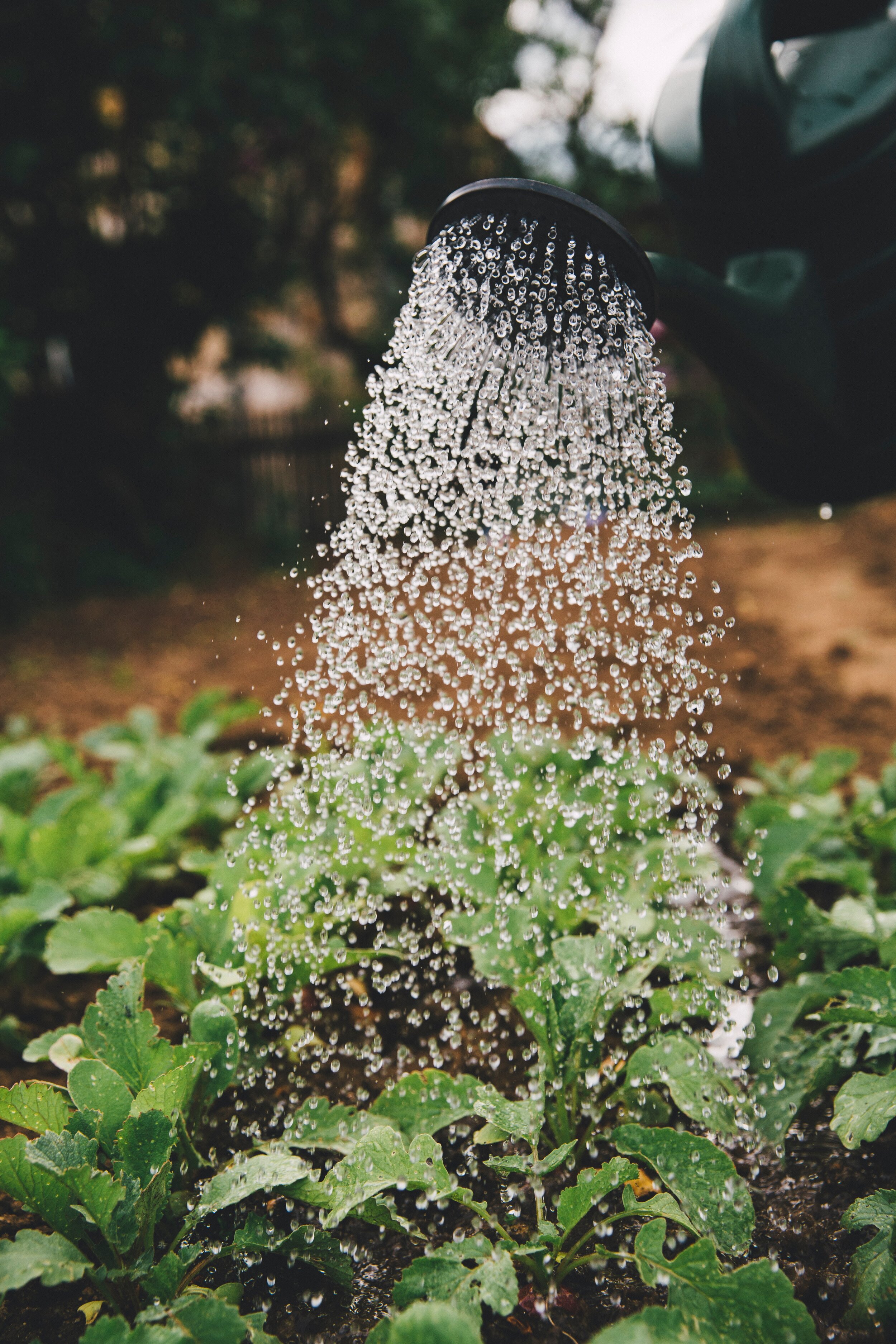Your Guide to Greener Gardening
Photo by Daniel Öberg on Unsplash
People who work in the landscape and garden industry often refer to it as the "green industry." Unfortunately, the word "green" doesn't directly translate to "environmentally friendly" in this context.
Horticultural suppliers and their customers consume endless single-use plastics and large quantities of water and chemicals. While some insiders are working to make the industry more sustainable, it isn't easy to alter an entire established system, especially when water is relatively inexpensive. The widespread use of chemicals has created high standards for the appearance of plant materials, and making new plastic is generally cheaper than reusing existing plastic.
The garden industry's commercial side won't change quickly, but we gardeners can still make significant changes in the ways we purchase, use, and reuse goods. We can ask our growers and retailers to hold themselves to higher sustainability standards while also using water and fertilizer more responsibly.
3 ways you can make your Spring garden “greener”
Photo by Markus Spiske on Unsplash
Optimize Water Use
It's impossible to garden well without water in many climates, especially when you're starting a brand new garden or landscape; however, it's easy to be more deliberate with your water use.
Plant drought-tolerant plants so you don't need to water much after the first season. Avoid planting and transplanting during the hottest and driest seasons since plants will need extra water to establish during these times.
If possible, collect rainwater using rain barrels or rain gardens. Neither of these needs to be fancy or complex. A small "rain garden" can be simply a slight depression planted with moisture-loving plants. When it downpours in the summer, the low spot will fill quickly, and the plants will help filter the rainwater as it seeps into the ground.
Drip lines are the most efficient irrigation type -- they only release water at the plants' root zones that need it. If you water by hand, try to keep the water stream focused on the soil above each plant's roots, rather than broadcasting a shower over the entire garden. (This practice conserves water and helps prevent fungal disease outbreaks.)
If you use an automatic sprinkler system, don't forget to adjust it when it rains. So many gardens are overwatered because they receive adequate rainfall while simultaneously being irrigated. Improperly monitored irrigation systems sometimes even run during rainstorms!
2. Minimize Plastic Use
Single-use plastics are everywhere in the gardening world, and they often aren't recyclable.
For home gardeners, these include plastic soil and mulch bags, along with the endless plastic trays, packs, and pots that our beloved plants are sold in. Recent studies have shown that up to 98 percent of nursery pots end up in landfills.
Some growers are (slowly) transitioning to pots made of biodegradable materials, so if you can find plants sold that way, you should buy them. You can also purchase most soils and mulches in bulk, which is plastic-free and usually cheaper too. If you only need a small amount, ask a bulk retailer if they will sell you a few paper bags or reusable buckets full of mulch or soil -- most suppliers will be happy to oblige.
Since the current industry standard is plastic everything, we have to turn our attention to recycling and reusing the plastic we do buy. Unfortunately, many recycling facilities cannot process black plastic pots, though it doesn't hurt to ask them.
I tend to collect my pots for storage or transplanting purposes or offer them to my neighbors for any number of creative reuses. Community forums are good places to give away plastic pots -- you'll be surprised by how many people want them!
Photo by Markus Spiske on Unsplash
3. Don’t Use Chemicals if you Don’t Have To
Please read the labels for any and all chemicals you use in your gardens.
Proper timing of pesticide applications will protect the surrounding environment, especially the bees and other beneficial insects that are crucial to our ecosystems. Chemical labels include instructions intended to prevent chemical runoff into nearby water sources. They also provide you with helpful information about the proper storage and disposal of chemicals.
Most gardens do not need fertilizer unless a soil test provides evidence of a nutrient deficiency.
Plants can only use a finite amount of nutrients, and the remaining ones can build up in the soil. Excess phosphorus, in particular, is especially bad for our local lakes and ponds. To fertilize responsibly, have your soil tested and then only apply fertilizer according to what your soil actually lacks.
More ways to make your gardening “greener”
Turn your organic waste into compost
Use fallen leaves as garden mulch (shred them to help them stay in place)
Avoid plastic landscape fabric and garden edging
Reuse food cartons to start seeds at home
Purchase high-quality tools that will last many years
Shop secondhand -- estate sales are great for finding used tools
Sweep instead of using a leaf blower
Share extra garden resources with your friends and neighbors
What are your favorite green gardening tips?



